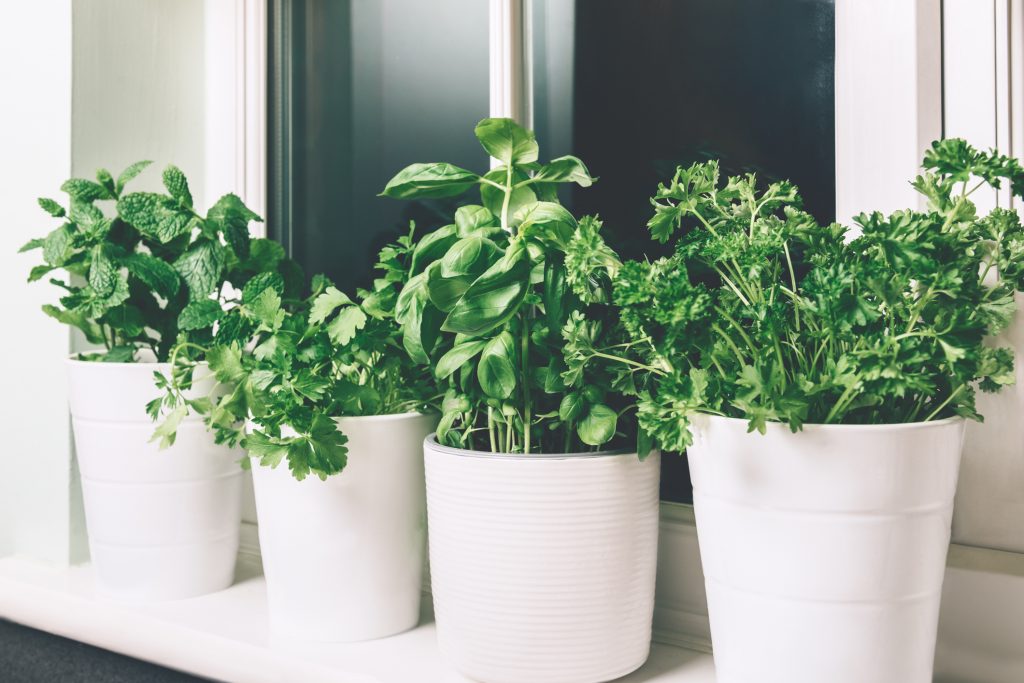
Nothing else makes a home a little bit cozier than natural greenery. People have been taking care of indoor plants for centuries for various reasons like aesthetics, and even for practicality. In addition to added beauty, certain plants are also known to actively purify the air in the home or room where it is located.
Truth be told, there is no such thing as “natural indoor plants.” All plants are meant to grow outdoors in their natural habitat. However, with proper care and maintenance, people can bring the outdoors in through potted and container plants.
Many have tried to take care of plants indoors, and a lot have succeeded, while others seem to have no clue why their plants keep dying. Choosing the right kind of indoor plants for the home depends on several factors such as the amount of sunlight coming into the house, the general climate indoors, and even one’s lifestyle and preferences.
Before we get to the list of 40 of the best indoor plants, here are some tips for choosing the right indoor plants and taking care of them:
Choosing the Right Indoor Plant
- Light. Consider how much light is available indoors where you plan to put your plants. Look and see if there are big windows where you can place light-loving plants, such as those that flower and bear fruit. If little light is available, then rainforest species may be some of the better choices because they can survive and grow even in low light conditions.
- Indoor Climate. The indoor climate and humidity in the home or specific places inside the house also play a vital role in the growth and survival of indoor plants. Do a little research or ask a professional if the kind of plant you want is suitable for your home environment.
- Time and lifestyle. Think about how much time you have for taking care of and maintaining plants. The busy or even forgetful ones may choose indoor plants with natural water storage because they are more forgiving in case the scheduled watering is missed.
General Tips on Taking Care of Indoor Plants
- Place in appropriate lighting and climate. Each indoor plant has specific requirements for light. Find out which amount of light the plant needs to maximise its growth.
- Do not overwater. One of the most common culprits of death among indoor plants is overwatering. Take the time to learn about the plant you plan to put indoors to know the proper amount of water they need. Overwatering could result in yellowing of the leaves and root rot.
- Clean the leaves. It is vital to keep them clean, not just for aesthetic purposes. A lot of decorative indoor plants, especially those with larger leaves, need to be wiped with a damp cloth regularly. Since they are indoors, they need to have their leaves clean to maximise the absorption of the nutrients the plants need from the environment because indoor plants get a little less air and light. Clean leaves will also maximise a plant’s ability to help purify the air.
- Fertilise according to the plant’s needs. Indoor plants may need more fertiliser than their counterparts that are planted outdoors. Indoor plants get fewer nutrients for being planted in containers instead of directly on the ground. Take care also not to over fertilise because it could burn the roots.
Each plant is unique, and while there are general rules that could be followed, it is still better to do a bit of research about the plants you want to have inside the home.
With these general things considered, here is a list of 40 of the best indoor plants that we recommend:
40 Of The Best Indoor Plants
- Dracaena massangeana or Mass Cane
- Zamioculcas zamifolia or Zanzibar Gem, ZZ
- Phalaenopsis Moth Orchid
- Cyclamen persicum
- Aspidistra elatior or Cast Iron Plant
- Epipremnum aureum or Devil’s Ivy, Pothos, Golden Pothos
- Spathiphyllum or Peace Lily
- Montstera deliciosa or Swish Cheese Plant
- Sansevieria trifasciata or Snake Plant, Mother In-law’s Tongue
- Nephrolepis cordifolia or Fishbone Fern
- Chlorophytum comosum or Spider Plant
- Ceropegie wodii or Rosary Vine, Sweetheart Vine, String of Hearts
- Agloanemas or Chinese Evergreen
- Ctenanthe or Never Never Plant, Prayer Plant
- Syngonium podophyllum or Arrowhead Plant
- Vrieseas splendans or Flaming Sword Plant
- Anthurium andraeanum or Flamingo Flower
- Adiantum raddianum or Maidenhair Fern
- Ficus elastica or Rubber Plant
- Philodendron Xanadu or Xanadu, Cut-leaf Philodendron
- Dracaena marginata or Dragon Tree or Red Edge Dacaena
- Tillandsia or Air Plant
- Dracaena sanderiana or Chinese Lucky Bamboo
- Calathea zebrina or Zebra Plant
- Aphelandra squarrosa or Zebra Plant
- Ficus longifolia or Long-leaf Fig, Narrow Leaf Fig
- Ficus lyrata or Fiddle Leaf Fig
- Banana Trees
- Rhapis excelsa or Rhapis Palm, Lady Palm
- Stelitzia reginae or Bird of Paradise
- Dypsis lutescens or Golden Cane Palm, Areca Palm, Butterfly Palm
- Chamaedorea elegans or Parlour Palm
- Yucca elephantipes or Spineless Yucca
- Coffea arabica or Coffee Plant
- Senecio rowleyanus or String-of-Pearls, String-of-Beads
- Pilea peperomoides or Chinese Money Plant, Missionary Plant, Pancake Plant
- Philodendron bipinnatifidum or Heartleaf Philodendron
- Guzmania lingulate or Bromeliad Guzmania
- Alocasia wentii or Elephant Ears
- Various herbs
In-depth Information on 40 of The Best Indoor Plants
Dracaena massangeana or Mass Cane
The Mass cane is a popular choice for beginners for its hardiness and overall look. It can grow between 1.2 to 1.8 metres, and yellow and green stripes highlight its long leaves. The D. massangeana can tolerate low light but is best placed where it can get indirect bright light. A word of caution: this plant is highly toxic to pets to it is best for people who don’t have pets at home, or if it is placed away from where the pets can have access to the plant.
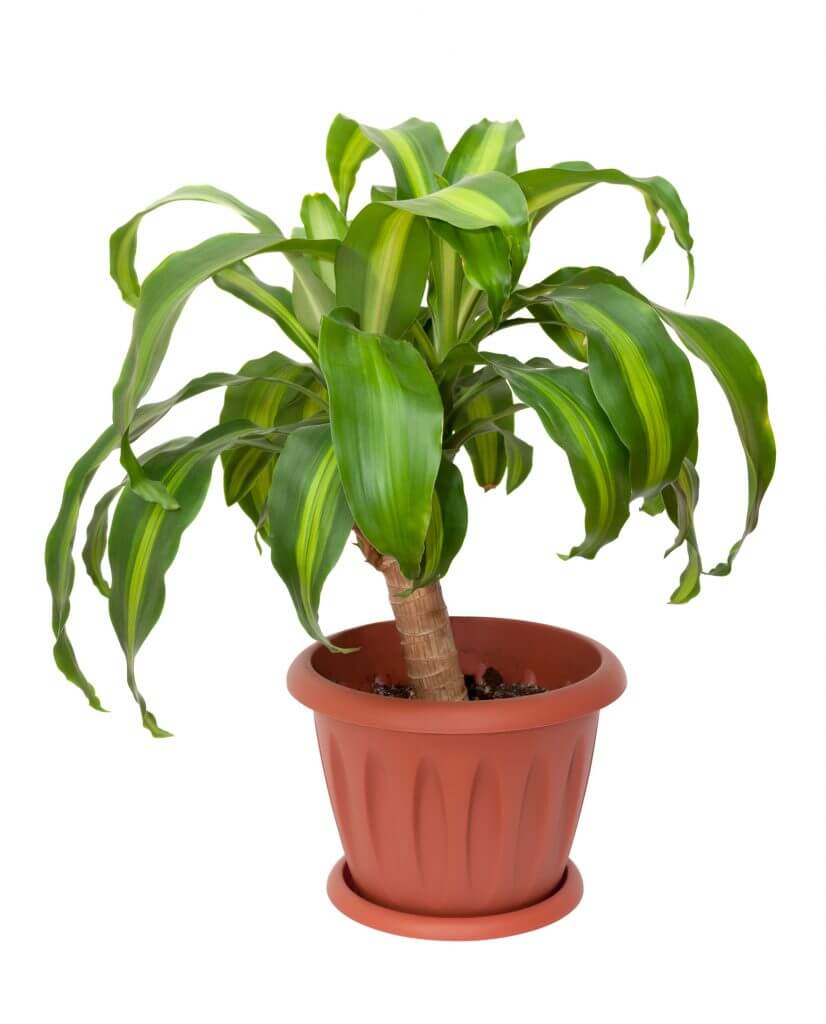

Zamioculcas zamifolia or Zanzibar Gem
The Zanzibar Gem is another excellent choice of indoor plant for beginners or busy people. The Zanzibar Gem is a lush plant and very forgiving because it also stores water. It also tolerates low light and caring for it involves a little watering and wiping of the leaves to keep them shiny. Like some other indoor plants though, Zanzibar Gem is poisonous and should be kept away from reach of pets and small children.
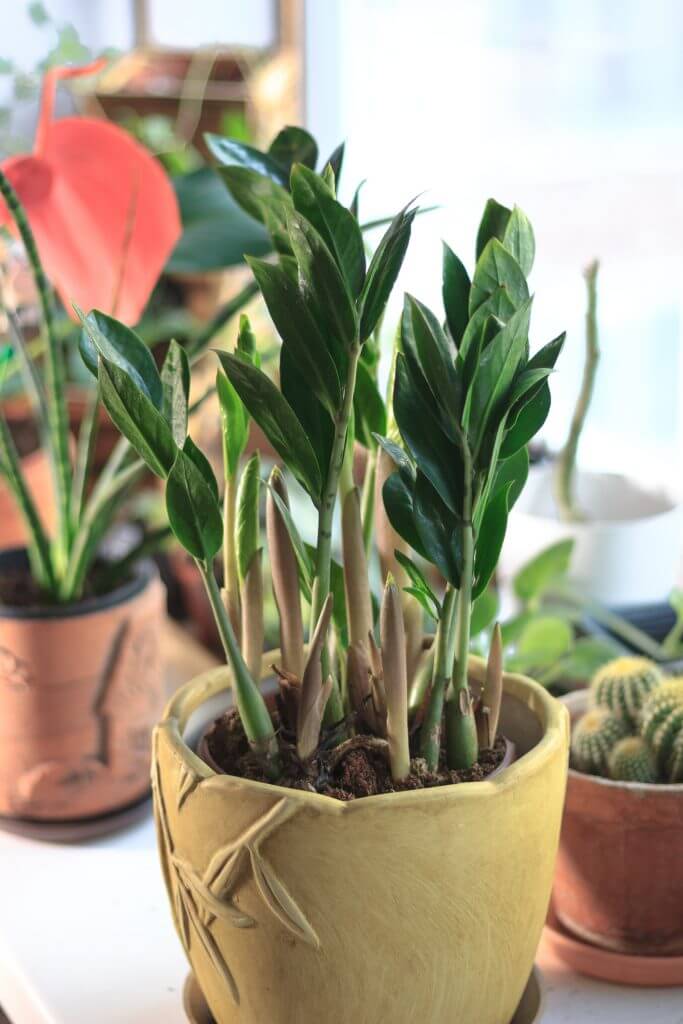

Phalaenopsis Moth Orchid
Orchids may be intimidating to some, especially to beginners, but the Moth orchid will give them a chance to take care of an indoor flowering plant successfully. Phalaenopsis prefer bright and warm areas such as windowsills but can adapt to as low as 15°C. Like most indoor plants, this orchid also doesn’t like overwatering. When given proper care, it will bloom in late winter all through spring.
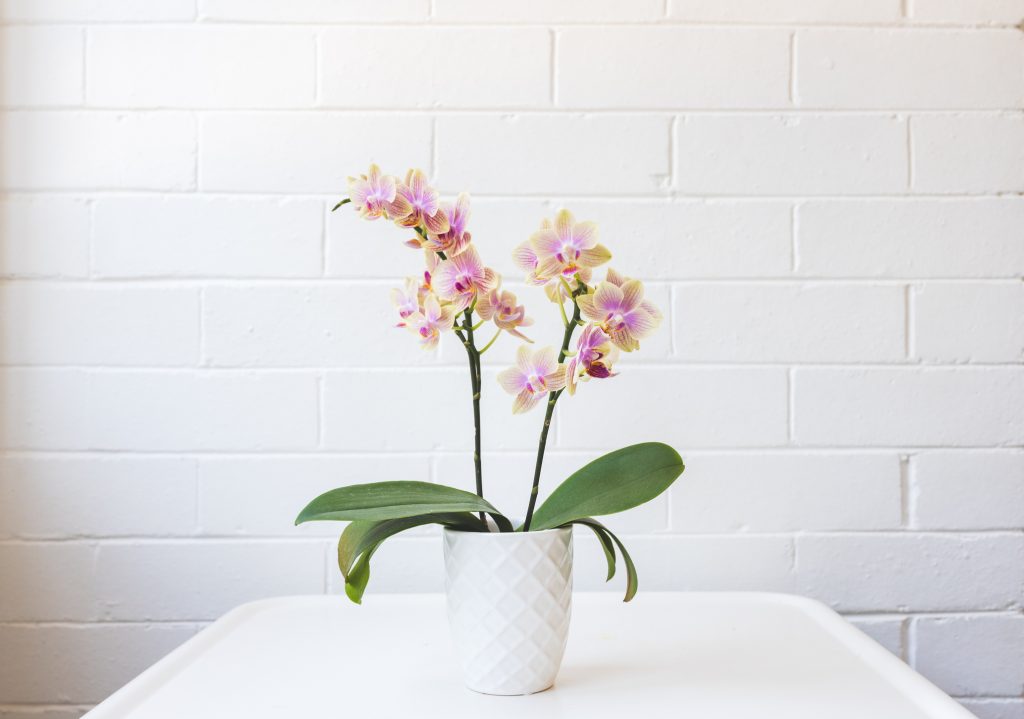

Cyclamen persicum
Cyclamens are also a beautiful addition to the indoors, especially when it blooms during the colder months with pink, white, or purple flowers. It is small and compact, ideal for planting in pots. It likes cooler temperatures, around 10-18°C, so it is suitable in rooms without central heating or placed at the coolest spot in the room. It is, however, toxic to pets, so it is best to put the cyclamens away from their reach, like in hanging pots.
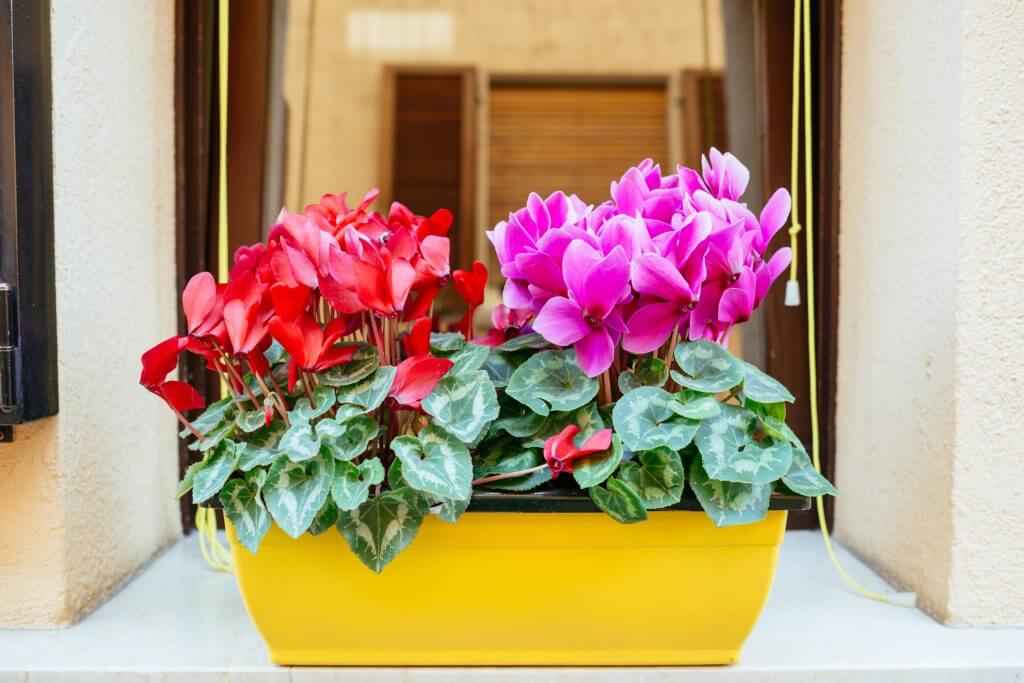

Aspidistra elatior or Cast Iron Plant
The cast iron plant is a favourite indoor plant as it is considered as almost indestructible. It can tolerate very low light, such as in darker corners of the room. With broad dark green leaves, it is also effective in absorbing harmful chemicals in the air such as formaldehyde and benzene. It grows best in 15-20°C.
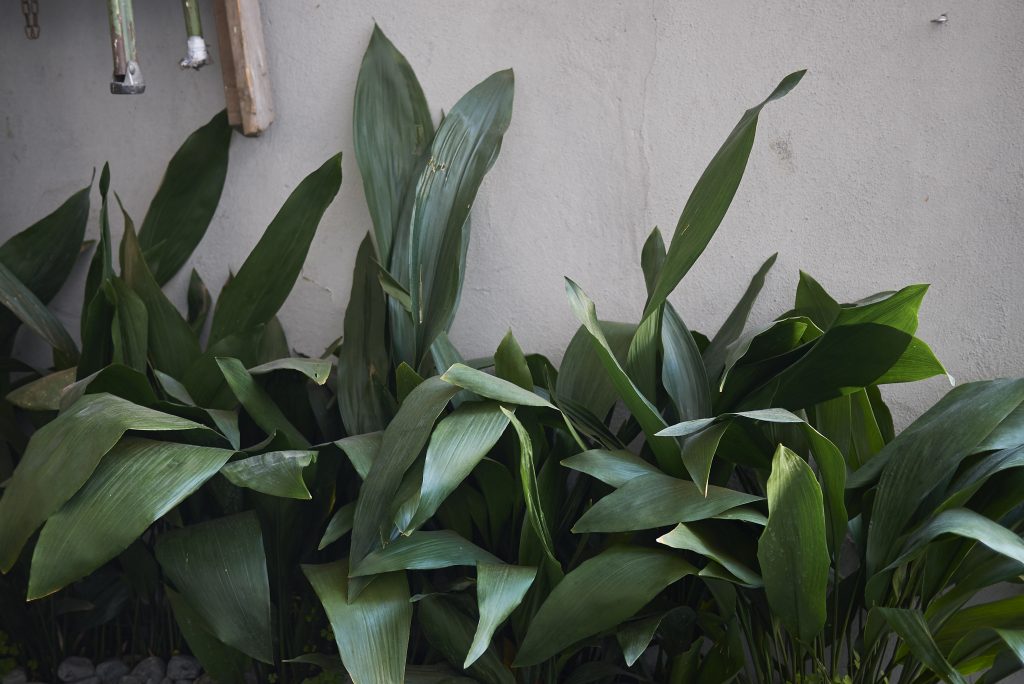

Epipremnum aureum or Devil’s Ivy, Pothos, Golden Pothos
The heart-shaped Devil’s Ivy is an ideal indoor plant for being drought and low-light tolerant. Pothos can also be trained to climb, and some people place them near staircases where the plant can grow along the handrails. For more leaves though, it is best to place the pothos somewhere brighter but away from direct sunlight to avoid burning its leaves. It is also poisonous so take care of its placement when there are small children and pets around.


Spathiphyllum or Peace Lily
The Peace Lily, in addition to its beautiful white blooms, is remarkable for being named by NASA as one of the best indoor plants for air purification. It has a dark green glossy foliage which can tolerate low light, but bright indirect light is needed for it to grow better and bloom. It requires little water once it matures, and dislikes soggy soil. This indoor plant is also poisonous, so take the proper precautions to keep them away from small children and pets.


Montstera deliciosa or Swish Cheese Plant
The Swiss Cheese Plant got its name for the holes in its large green leaves. This plant prefers a warmer and humid climate and hates overwatering, so it is best to place them away from heating or air-conditioning units and let the topsoil dry out in between watering. This indoor plant likes to climb, so putting a pole in its pot would be a good idea, or place them near poles or slender fixtures where they can crawl as they grow.
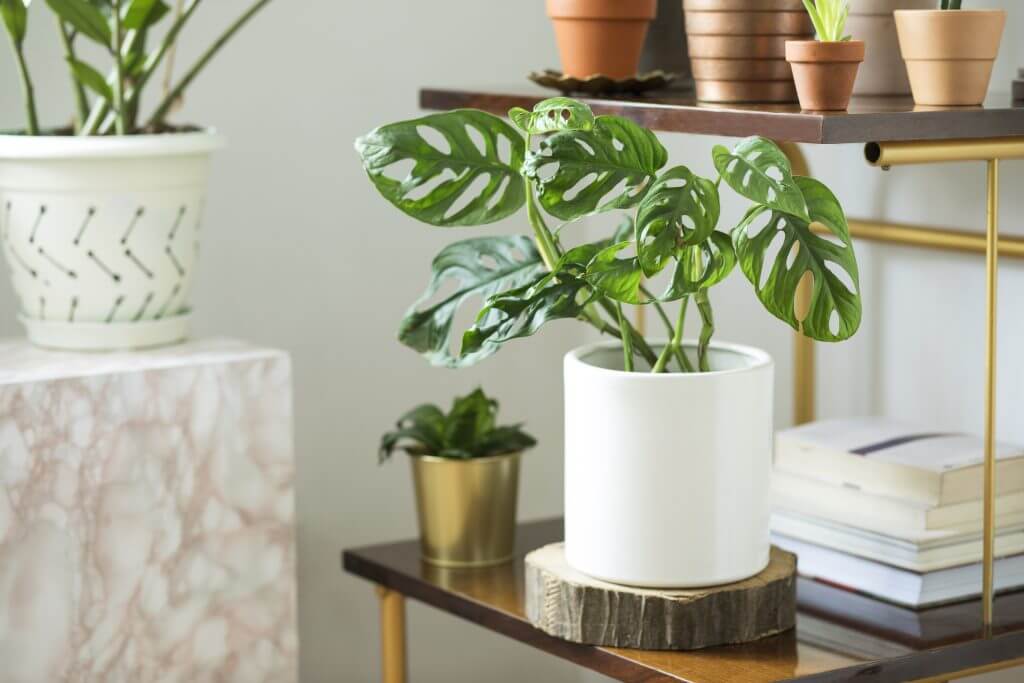

Sansevieria trifasciata or Snake Plant, Mother In-law’s Tongue
The snake plant’s leaves, which tend to grow upwards, are long and slender with snakeskin-like patterns and yellow-green edges. This West African native can tolerate drought, and it is best to allow the soil to dry before watering. Also toxic to pets, it is best to find a place indoors where they cannot reach.


Nephrolepis cordifolia or Fishbone Fern
The fishbone fern is a rainforest plant; therefore, it prefers medium to low light, away from direct sun and prefers places with good humidity. As indoor plants, they could be placed on hanging pots to show off their long and lacy fronds. It may need a little pruning once in a while to keep them at a manageable size.
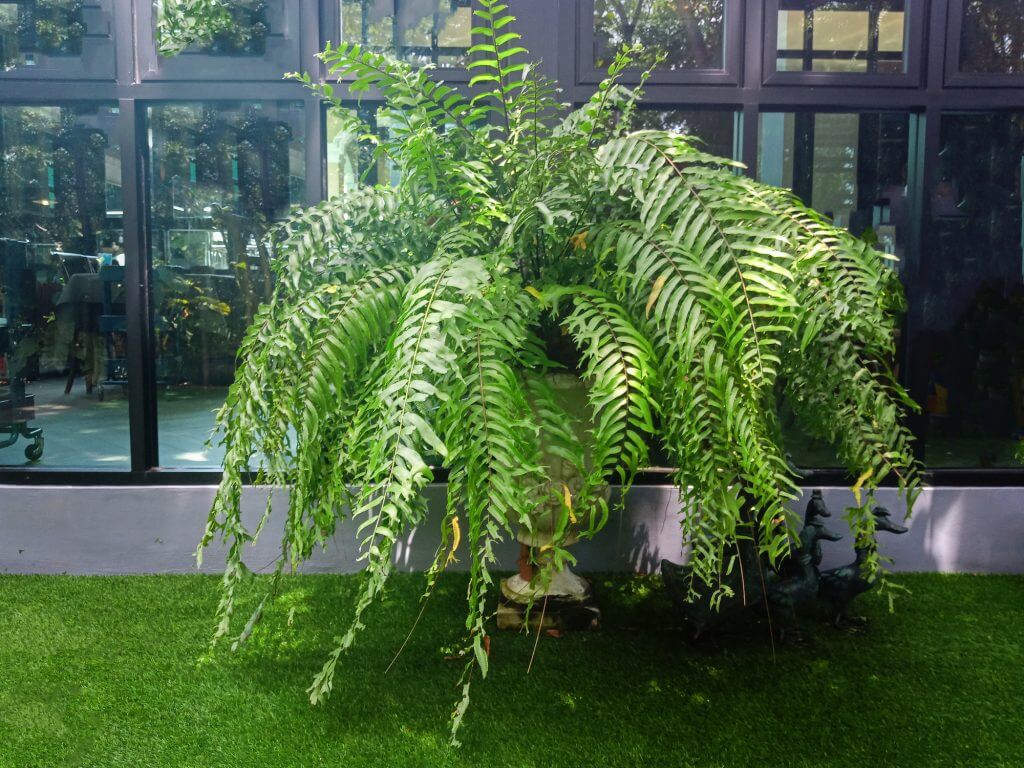

Chlorophytum comosum or Spider Plant
Another favourite indoor plant, the spider plant is often placed in hanging pots or containers to allow its tufted yellow-and-green-striped leaves to grow out and hang, as well as its flowers which grow in long slender stems. It can tolerate low up to bright light but keep it away from direct sunlight. In addition to its air-purifying capabilities, the chlorophytum is safe and non-toxic to pets.


Ceropegie wodii or Rosary Vine, Sweetheart Vine, String of Hearts
The String of Hearts is a succulent vine native to southern Africa. As the name suggests, it has heart-shaped leaves that grow along the vine and blooms pink tubular flowers. It makes for a great hanging indoor plant for places with bright light and should only be watered when the soil is dry.
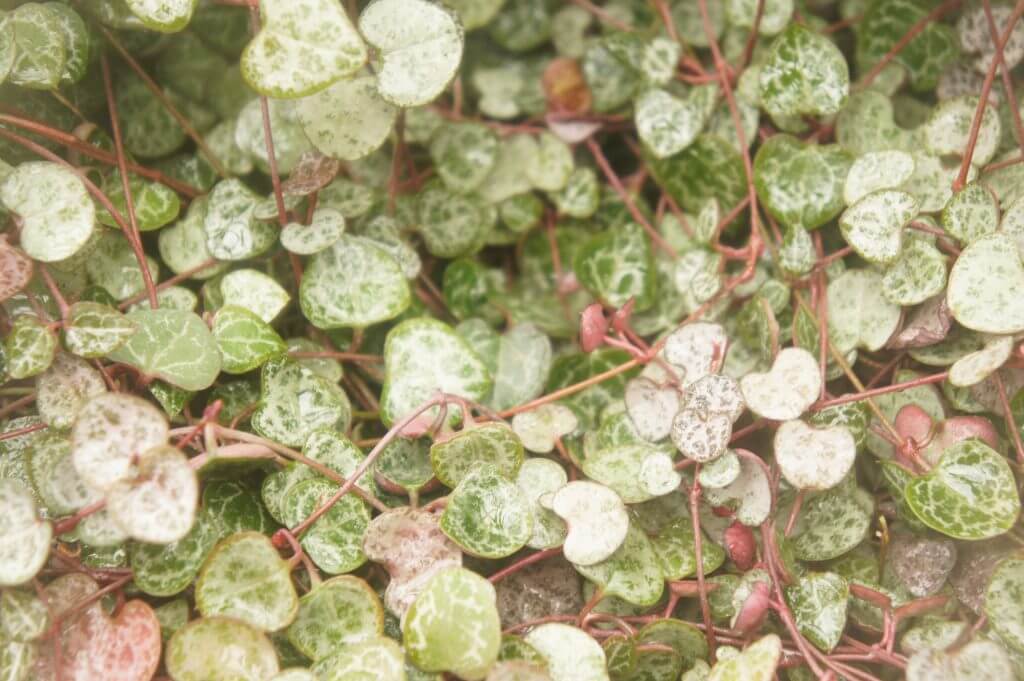

Agloanemas or Chinese Evergreen
The Chinese evergreen is another indoor plant that can thrive in low light. This attractive plant has big shiny green leaves with red or pink highlights, perfectly adding a splash of colour, depending on the variation, to an otherwise dark spot in the room. Keep it clean, warm, and moist, and it will be happy. There are certain varieties with toxic fruits, so make sure to do a little research on the type you are going to get.
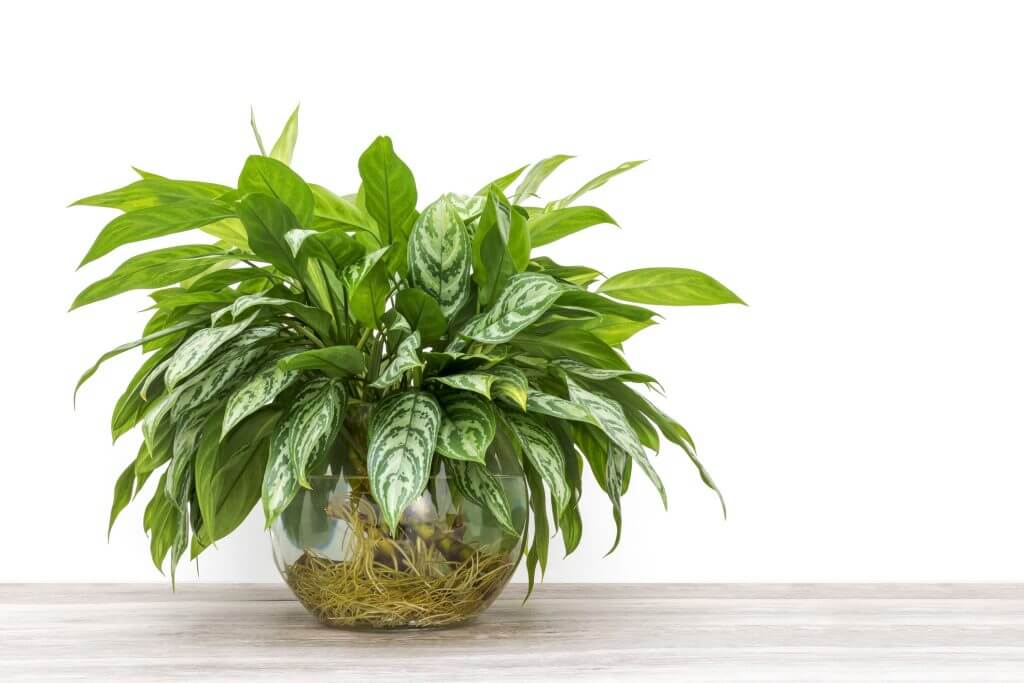

Ctenanthe or Never Never Plant, Prayer Plant
Ctenanthes come in different varieties. They require bright light, so make sure to place them in areas where they can get enough light, but away from direct sunlight. The Never Never plant has spear-shaped green leaves with silver bands. The two-toned foliage is a bright addition to the home environment, in addition to its air-purifying benefits. Just keep the foliage free from dust, keep it well-watered but do not allow the soil to get soggy. Most ctenanthes are considered non-toxic.
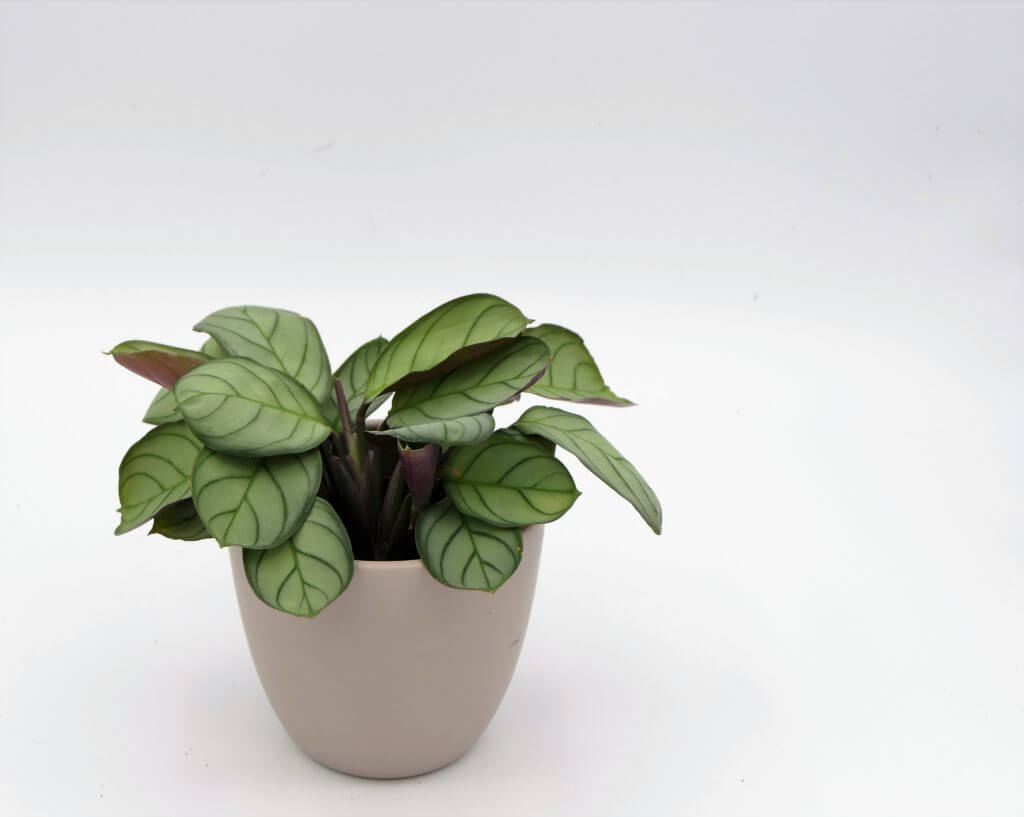

Syngonium podophyllum or Arrowhead Plant
As the name suggests, this indoor plant has arrow-shaped foliage that usually comes in green with white or light green stripes or variegation, while some cultivars of the Syngonium spp could even have pink or red. While it is considered relatively easy to care for, this plant may need occasional pruning of the climbing stems to maintain a bushier look.
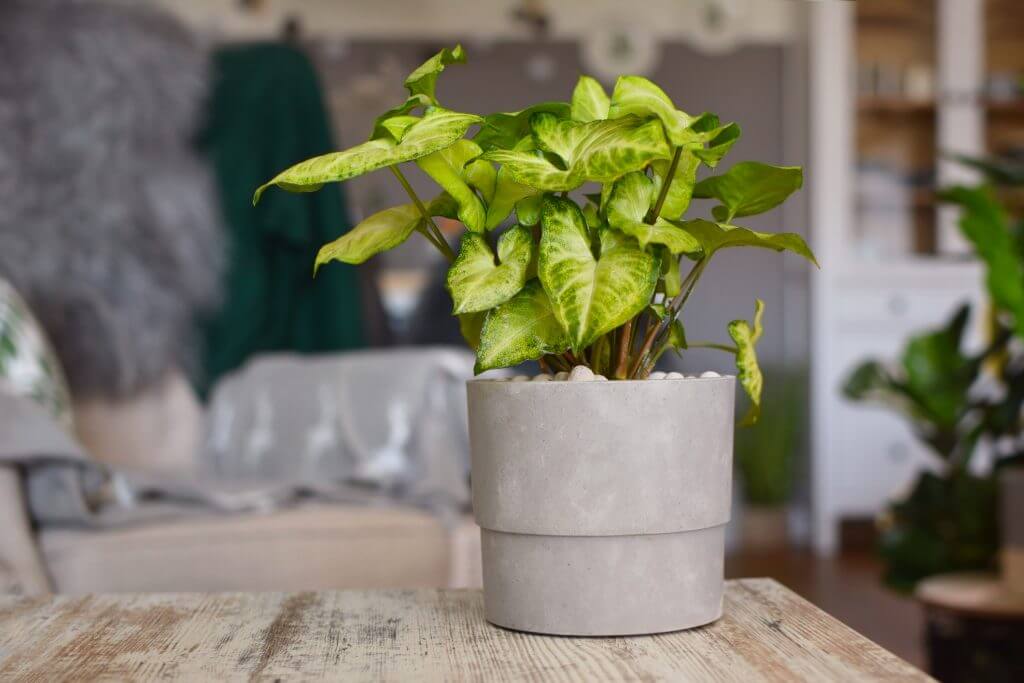

Vrieseas splendans or Flaming Sword Plant
The vrieseas’ foliage is typically long, flat and broad. The flaming sword has one of the showiest among the bromeliads, with its orange, red or yellow bracts. Though considered as a plant for the advanced gardener, it could still be an easy and low maintenance indoor plant. The flaming sword plant requires medium to bright light and does not need thick potting soil or deep containers.


Anthurium andraeanum or Flamingo Flower
Anthurium is another popular flowering indoor plant. It can tolerate various levels of indoor light and can grow up to 45cm tall. The flamingo flower has leathery foliage, and the waxy, heart-shaped blooms come in red or pink. A native of the tropical forests of Colombia, this plant prefers warmer temperatures and more humid environment to bloom. The flower’s colour may fade and turn lighter in hotter temperatures.


Adiantum raddianum or Maidenhair Fern
The Maidenhair fern has arched fronds with green or light green foliage growing out of wiry black stalks, making it an excellent choice as hanging indoor plants. It prefers medium to bright light, and an environment with moist air and with temperatures ranging from 18-24°C. The maidenhair likes to have moist soil but avoid overwatering.


Ficus elastica or Rubber Plant
The rubber plant is the most common indoor plant among the ficus species. It has large and shiny dark green leaves that may be plain or with a tinge of burgundy, while there are some varieties with white variegation. Keep the leaves of the rubber plant clean by wiping with a damp cloth to maximise this plant’s air-purifying benefits such as purifying harmful chemicals, and even helping get rid bacteria and fungi.
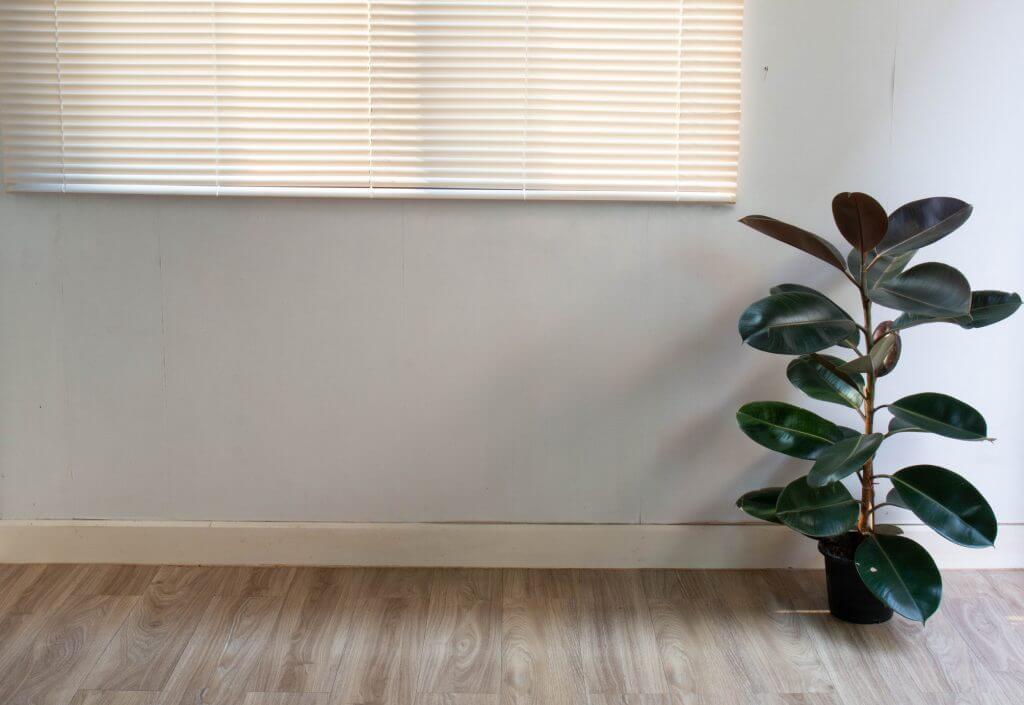

Philodendron Xanadu or Xanadu, Cut-leaf Philodendron
The Xanadu is a low maintenance and compact plant that could also grow wider than its height. It is an excellent choice as an indoor plant for the home or even in the office, adding an accent to the area with its shiny green and leathery leaves with multiple lobes. This plant needs to be watered well but allow the top half of its soil to dry out before the next watering. Place in bright areas but away from direct sunlight to avoid fading of the leaves.


Dracaena marginata or Dragon Tree or Red Edge Dacaena
The dragon tree has long, slender and striped foliage that comes in different colour combinations of two or three colours–green, with red and white. The dracaena marginata is an architectural plant, and its growth habit can be influenced depending on the placement. It could grow denser and bushier when placed in areas with more light, while it would develop a reaching habit when grown in lower light conditions.


Tillandsia or Air Plant
Air plants are also growing in popularity as indoor plants because of the easy care and maintenance. The attractive slender foliage grows outward, but it only flowers once in their lifetime upon reaching old age. While it does not need soil to survive, it does need water. It can be placed as hanging plants or anchored on branches.
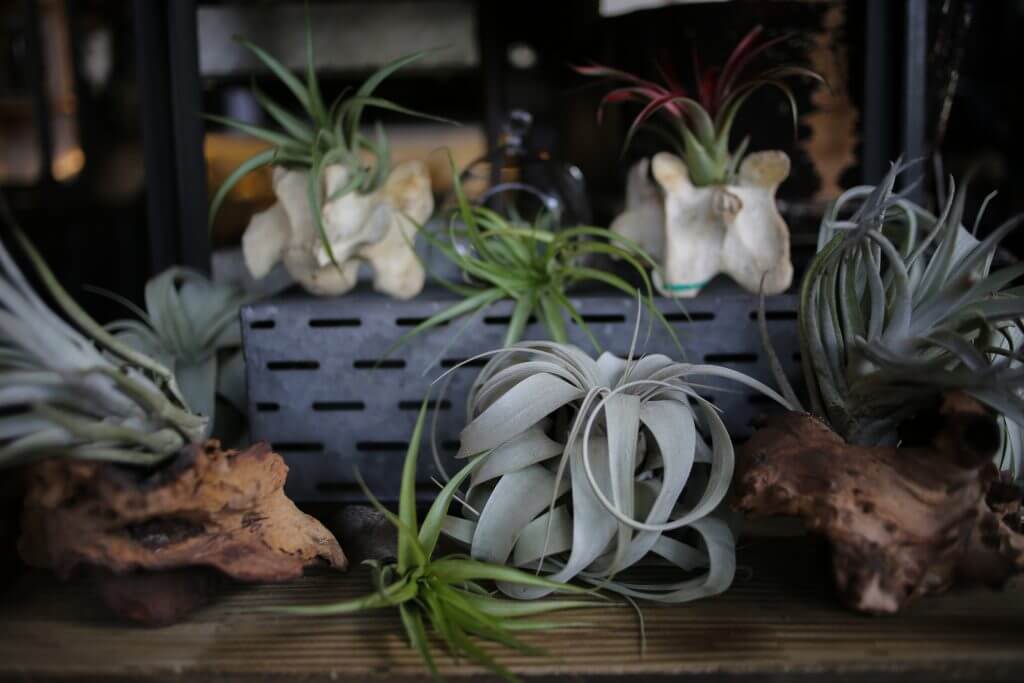

Dracaena sanderiana or Chinese Lucky Bamboo
The Lucky bamboo is not actually a bamboo but a member of the lily family and is popular primarily because it can be trained to grow with decorative curly stems. It is called ‘lucky’ for its use in Feng Shui, with patterns and number of stalks signifying different meanings. It can be grown in a potting mix, or even in a vase with water, perfect for placement on tabletops and windowsills away from direct sunlight.
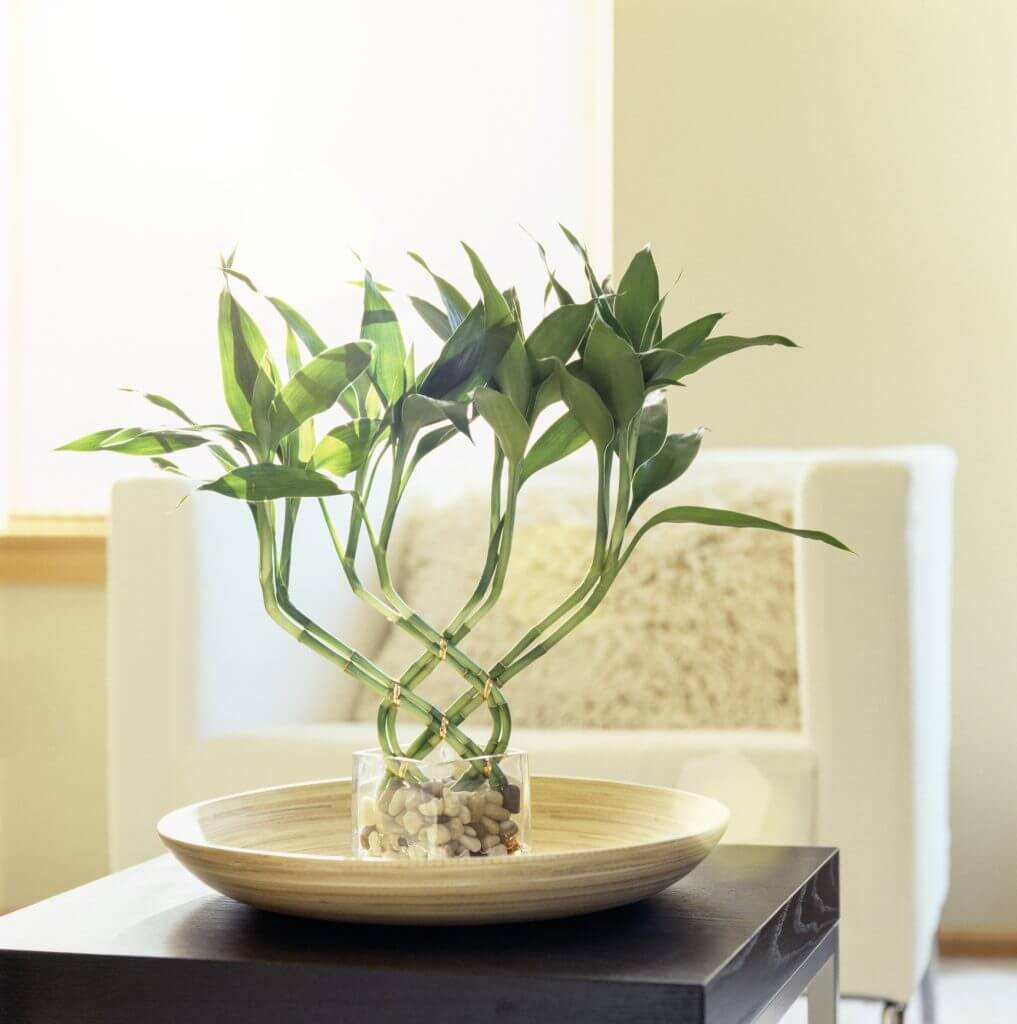

Calathea zebrina or Zebra Plant
Calathea plants come in many varieties that come in different striking patterns. The Zebra plant, in particular, has a velvety dark green foliage with light green stripes and purple underside. Calatheas like warm and humid conditions, and moist, well-drained soil. The ideal placement is in medium to bright light, but they can tolerate low light as well.
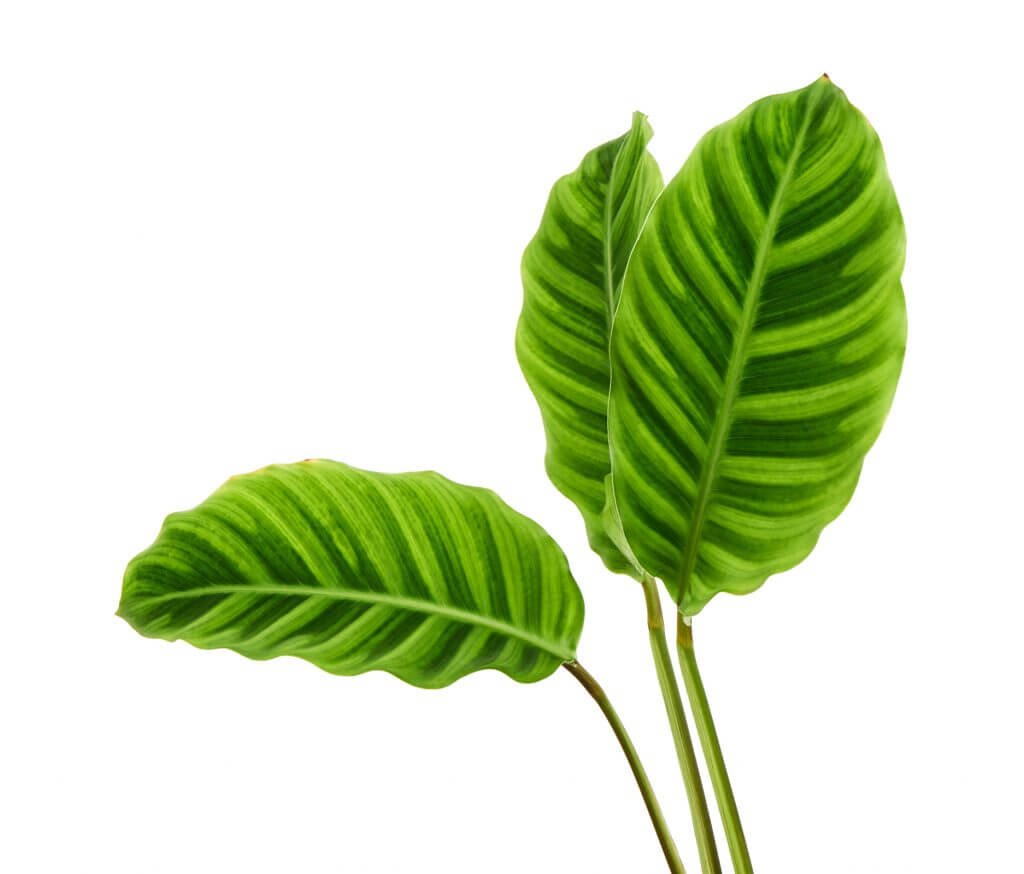

Aphelandra squarrosa or Zebra Plant
You read it right—another zebra plant! Although referred to by the same common names, aphelandra squarrosa is different from calathea zebrina. Aphelandra squarrosa has narrower stripes on its foliage compared with calathea, and most significantly, aphelandra squarrosa is the flowering zebra plant. In order to care for this indoor plant with glossy striped leaves, it must be kept in areas with bright indirect light, high humidity, with temperatures between 20-24°C. It may be a little tricky to grow and bloom, but it is worth it to see its spectacular golden flower.
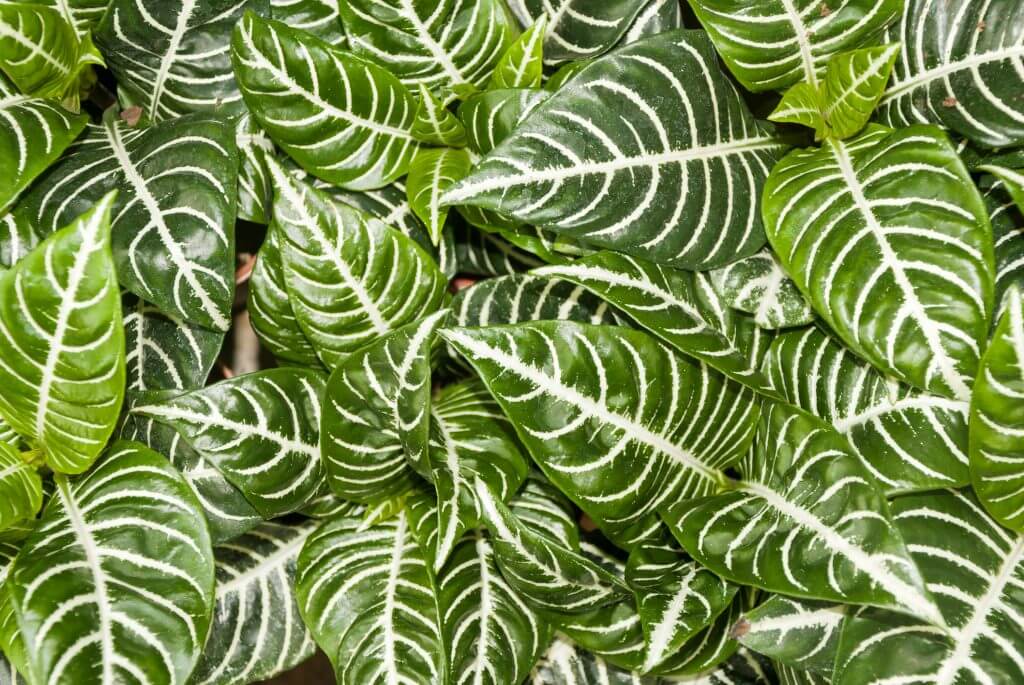

Ficus longifolia or Long-leaf Fig, Narrow Leaf Fig
This is another variety in the ficus family that has quickly become a favourite indoor plant in Australia. This ornamental evergreen has long, and slender foliage could grow up to 10 metres tall and prefers medium to low light conditions, perfect for little corners in the home where little sunlight is available. They are, however, known to be big rooters, so it may be necessary to replant to a bigger container as it grows.
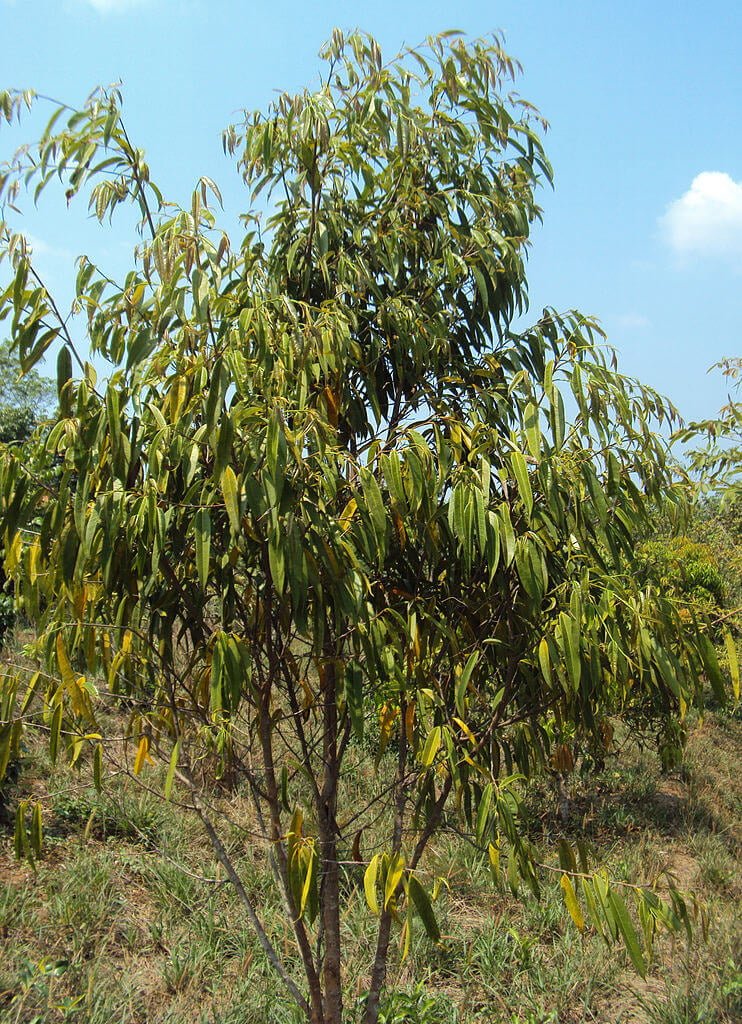

Ficus lyrata or Fiddle Leaf Fig
The Fiddle Leaf fig is a distant cousin of the Narrow Leaf Fig. In contrast with f. longifolia, f. lyrata has broad, shiny leaves that are said to be shaped like a violin, where it got the name. The fiddle leaf needs bright light or morning sun and prefers moist, well-drained and humus-rich soil. It is best to place the f. lyrata in low traffic areas indoors because constant brushing as people pass by may cause its leaves to turn brown along the edges.
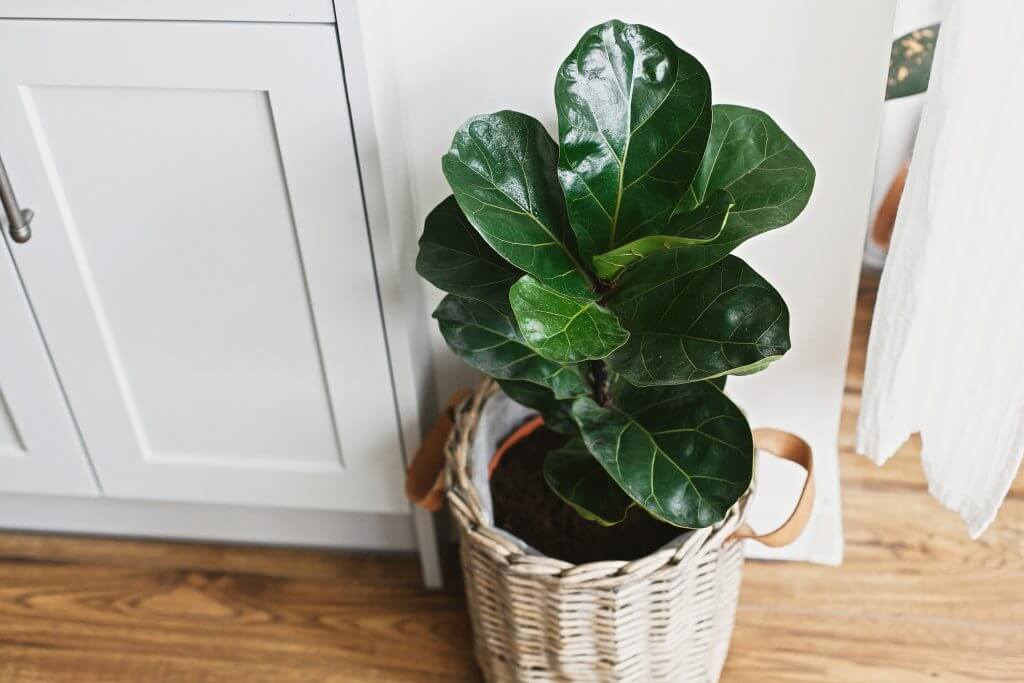

Banana Tree
A banana tree may just be the right plant for a little touch of tropical ambience in the home. It is possible to enjoy having a fruiting tree indoors, depending on the variety, with the right light, soil and water. The ideal temperature for banana trees is around 19°C at night and around 26°C during the day. It should be well-drained to avoid root rot and placed in bright light for about 12 hours.
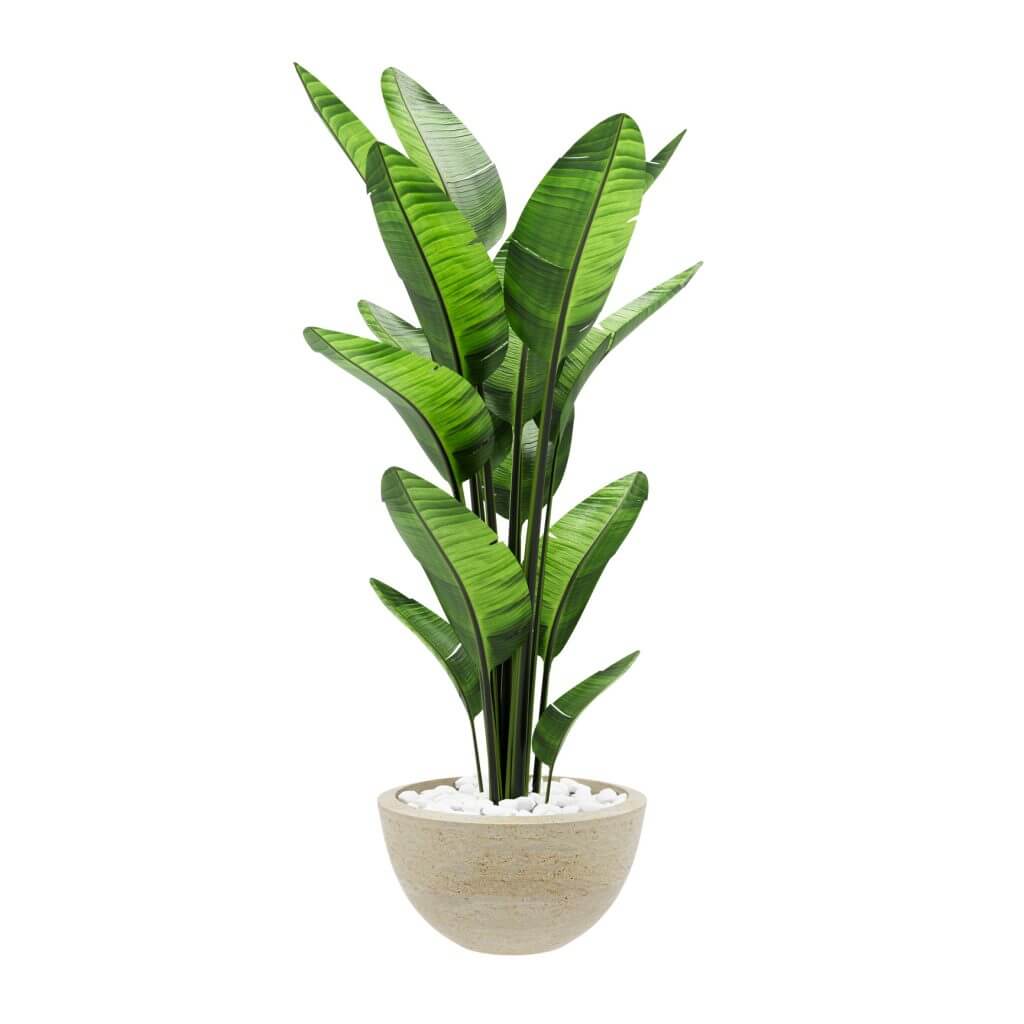

Rhapis excelsa or Rhapis Palm, Lady Palm
The Rhapis palm has long, slender foliage that fans out, but it is generally smaller than other palm trees. They are one of the hardier indoor plants and tolerant of low humidity. It may eventually grow large, but since it is slow-growing, it is possible to enjoy it as a small to medium-sized plant indoors. Avoid placing them in direct sunlight to avoid burning or yellowing of the leaves.
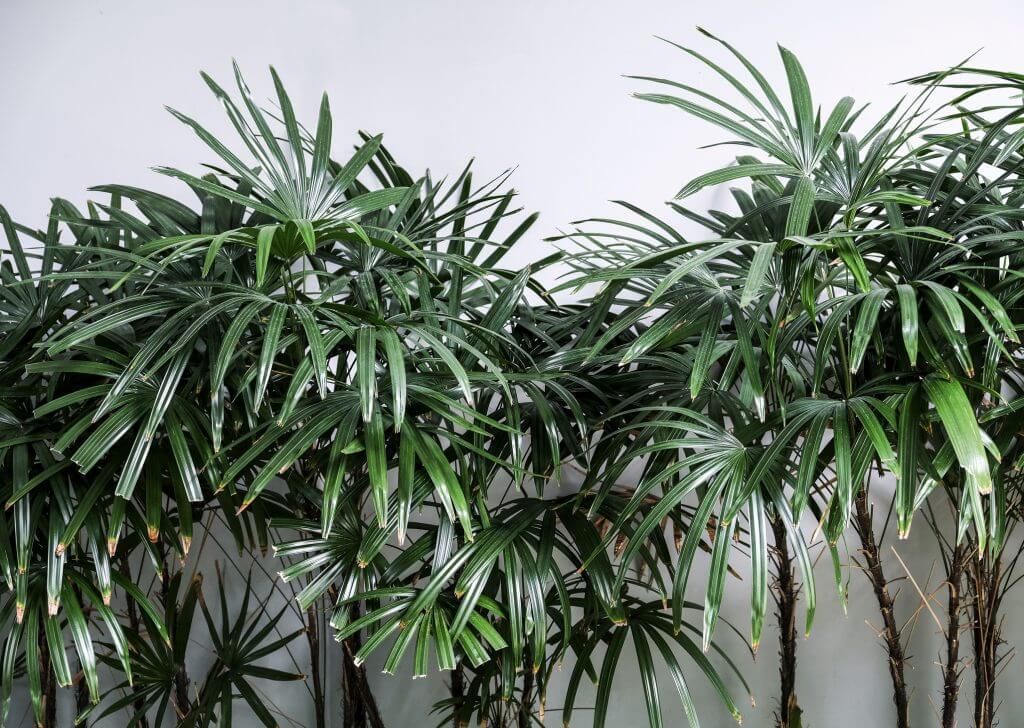

Stelitzia reginae or Bird of Paradise
Owing its name from its colourful bloom that resembles avian creatures with flamboyant colours, the s. reginae produces flowers in vibrant hues of yellow, orange, purple and green against a backdrop of large green foliage. It is such a dramatic addition to indoor plants, as long as it is planted in a pot or container at least about half a metre wide, given regular watering, leaves cleaned, and placed in a bright spot.
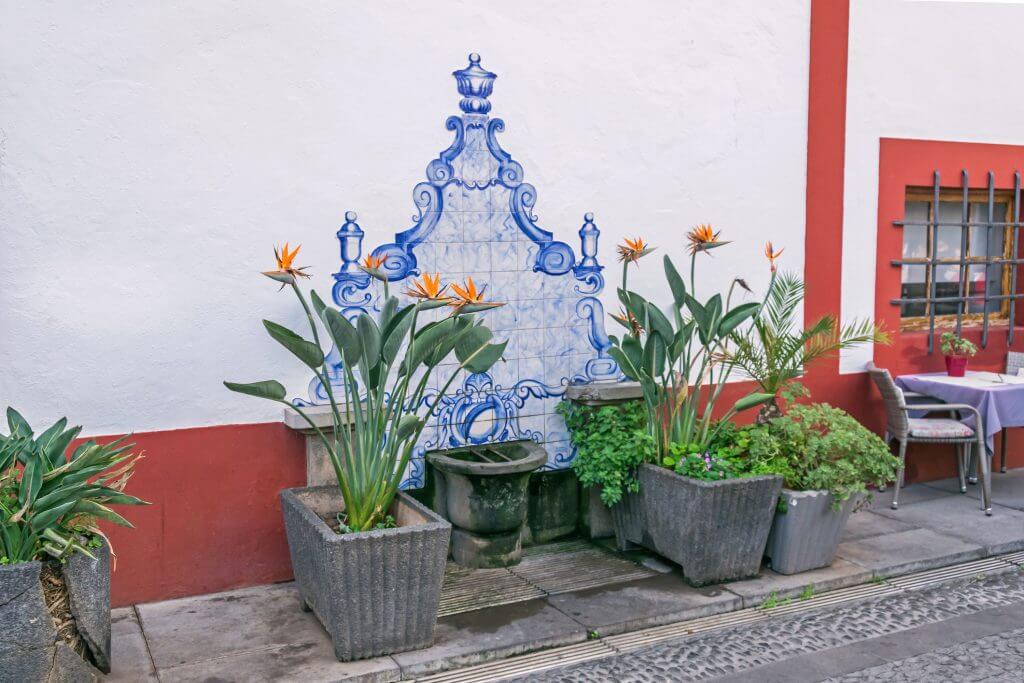

Dypsis lutescens or Golden Cane Palm, Areca Palm, Butterfly Palm
The golden cane palms make for great indoor plants because it naturally grows as an understory shrub, making them able to thrive in filtered shade. The golden cane got its name from the gold stems where the long and slender foliage grows. Though they are drought tolerant outdoors, they require regular watering when brought indoors.
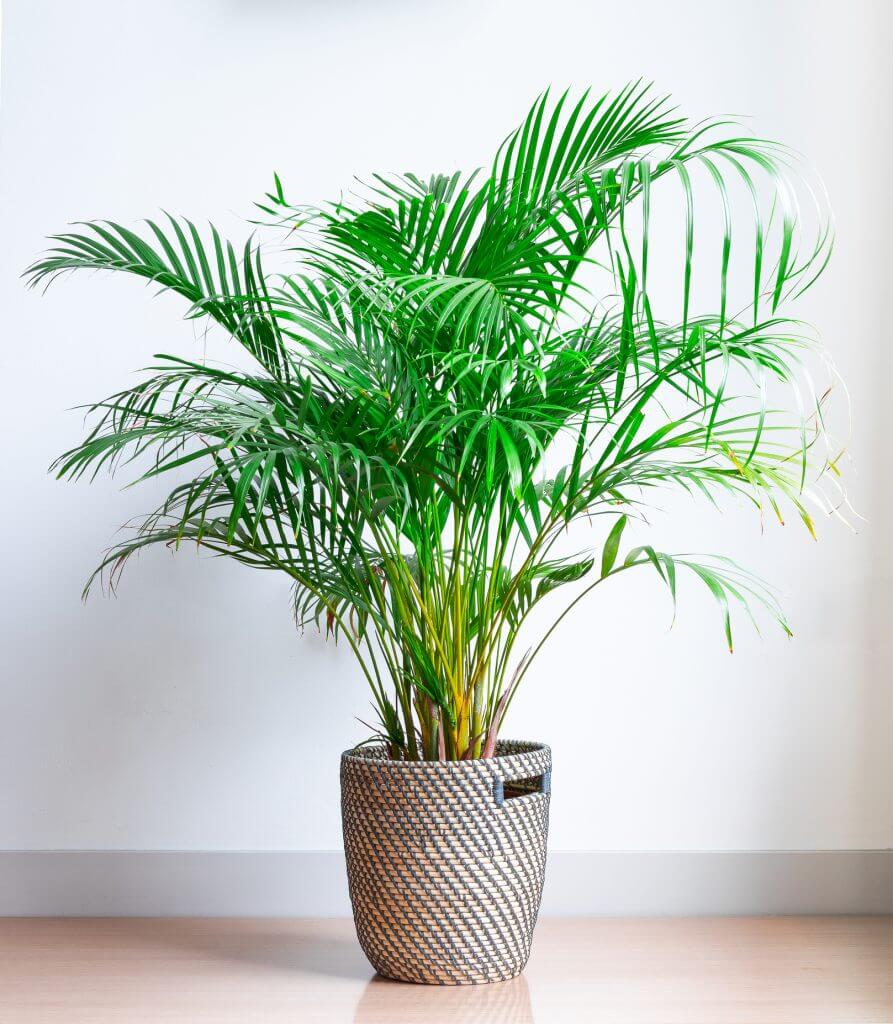

Chamaedorea elegans or Parlour Palm
The Parlour palm is an excellent choice for those who want to bring a tropical look to a space but prefers smaller palms. Like most palm plants, the chamaedorea has long and slender foliage that grows from can-like stems. Another possible advantage of this plant is that the young flowering spikes can be harvested before they open, then prepared and eaten like asparagus.


Yucca elephantipes or Spineless Yucca
Also known as Yucca gigantea, the yucca elephantipes is one of the taller plants that can be used as indoor plants. Its sword-like foliage grows in rosettes but does not have the sharp foliage as in other species. It is easy to care for because it requires little water and low humidity like in airconditioned spaces.
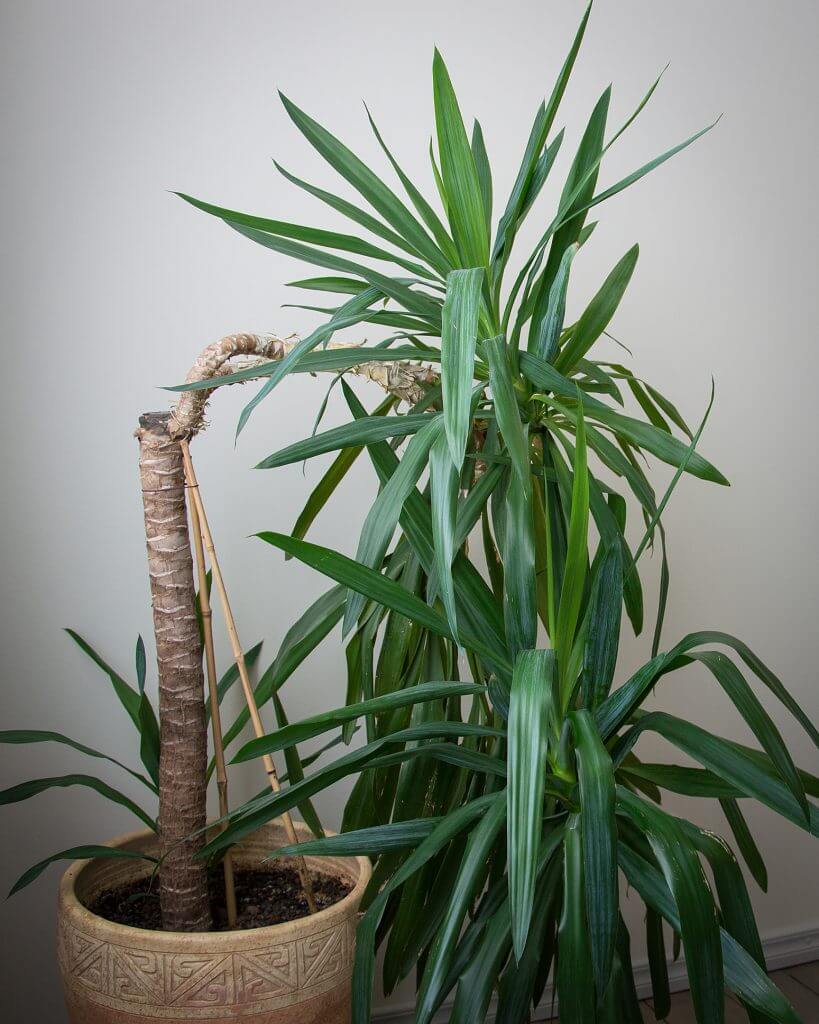

Coffea arabica or Coffee Plant
Coffee plants are ideal indoor plants. Even though a small plant will not be enough to supply your morning coffee requirements, this is a hardy and easy plant to care for, ideal for beginners. It prefers bright light and warmer temperatures, but not direct sunlight. It can be placed on tabletops or near windows when young and small, but they can grow up to about 150 cm tall. It may take 3 to 5 years before the white scented blooms show and need to be pollinated for the berries to form.
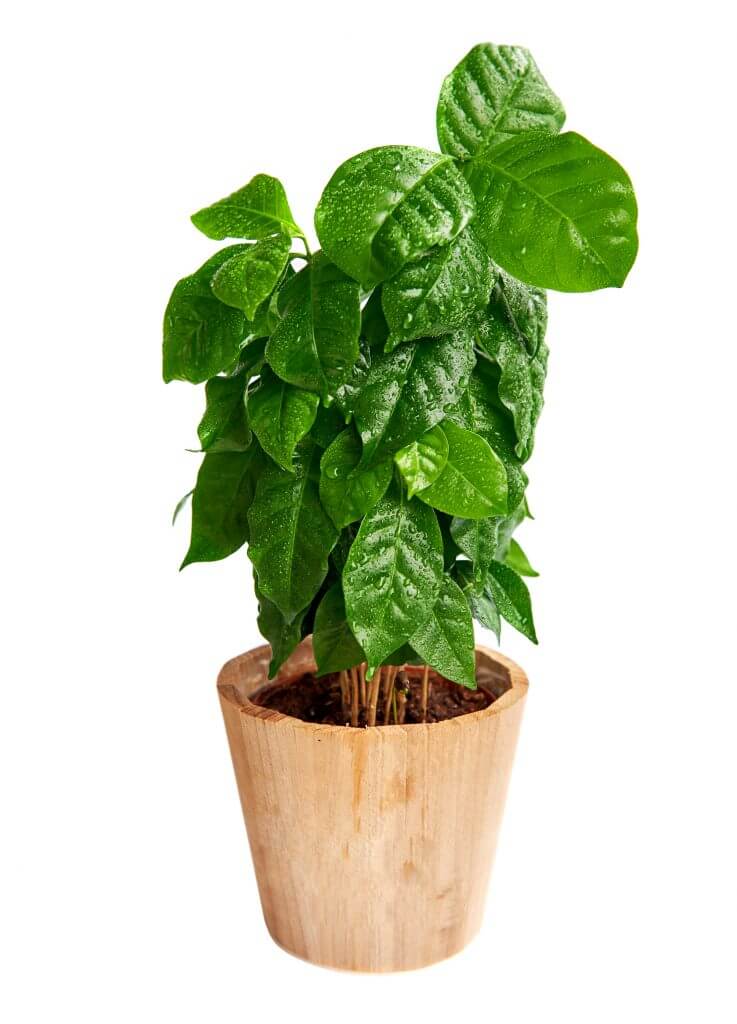

Senecio rowleyanus or String-of-Pearls, String-of-Beads
Senecio rowleyanus has a very appropriate common name because of the plain green or variegated globules that grow from its long and thin stems. Its aromatic white flowers bloom in summer. Considered as a succulent for the water-storing capability of its leaves, this indoor plant can survive drier climates.
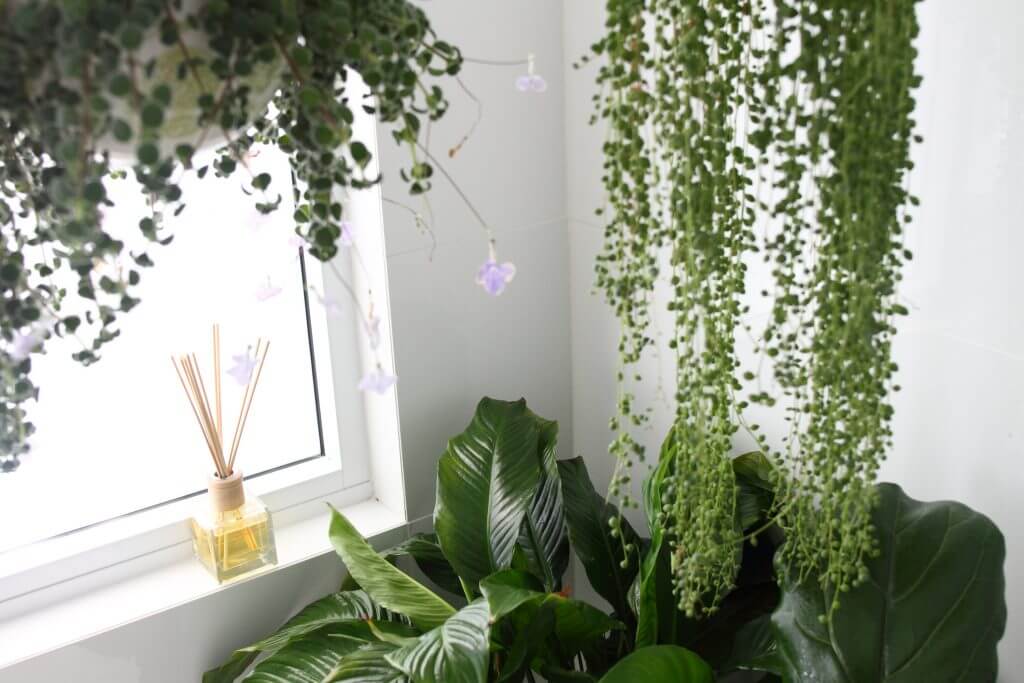

Pilea peperomoides or Chinese Money Plant, Missionary Plant, Pancake Plant
Pilea peperomoides have round bright green foliage, likened to a pancake or even UFO, that grow from long and slender pink stems. The Chinese money plant requires bright light, but not direct sunlight, well-draining soil which needs to be dry in between waterings.
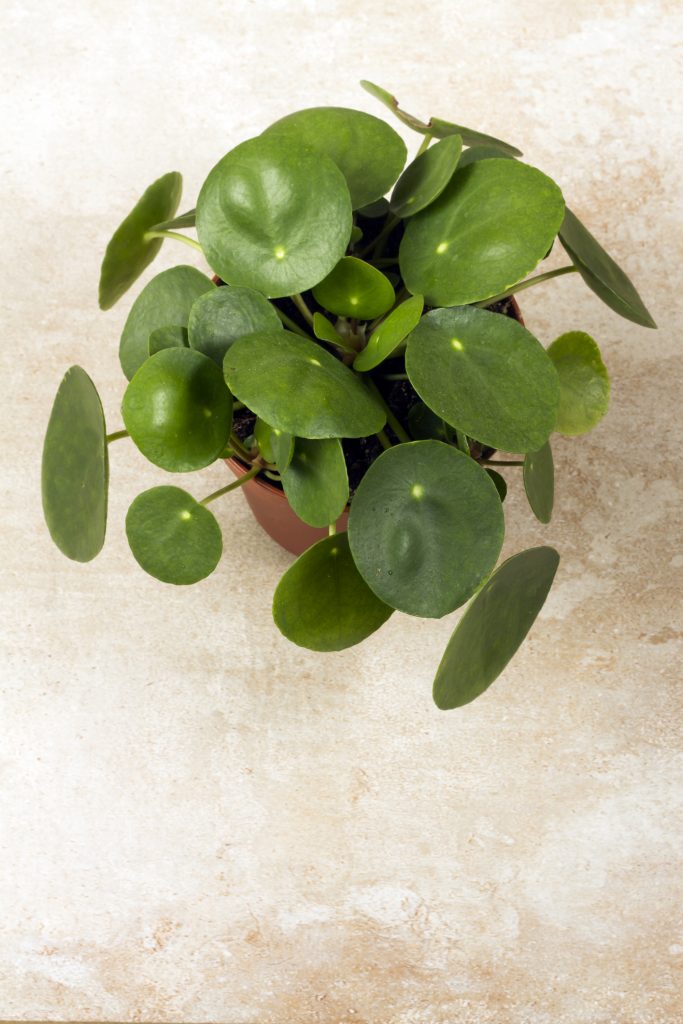

Philodendron Scandens or Heartleaf Philodendron
The heartleaf philodendron adds a romantic touch indoors for its large, glossy, and green heart-shaped foliage. In addition to its elegant beauty, this climber also helps to purify the air from toxins such as formaldehyde. It can be trained to climb or just simply let the foliage spill over and hang from the container.
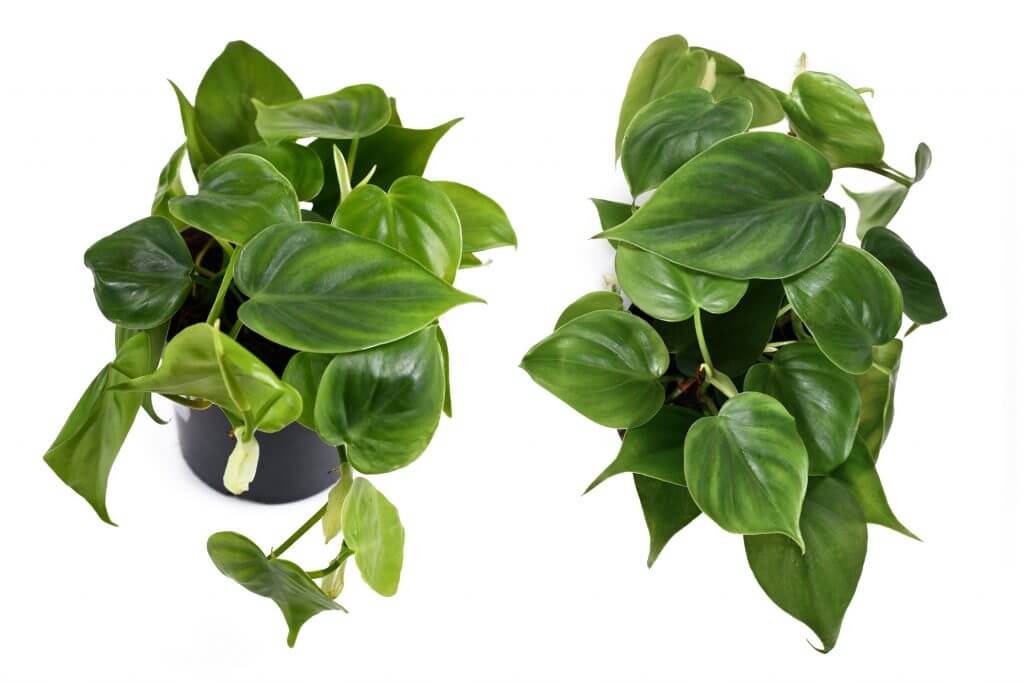

Guzmania lingulate or Bromeliad Guzmania
The guzmania is an attractive addition to the indoors with its colourful bracts which could be red, orange or mauve depending on the variety, with small white or yellow flowers on top. Its striking bracts are perfectly complemented by its strap-like foliage that is either solid green or with pale green stripes. As a native of Central American rainforests, it needs a warm and humid environment with indirect light to thrive.
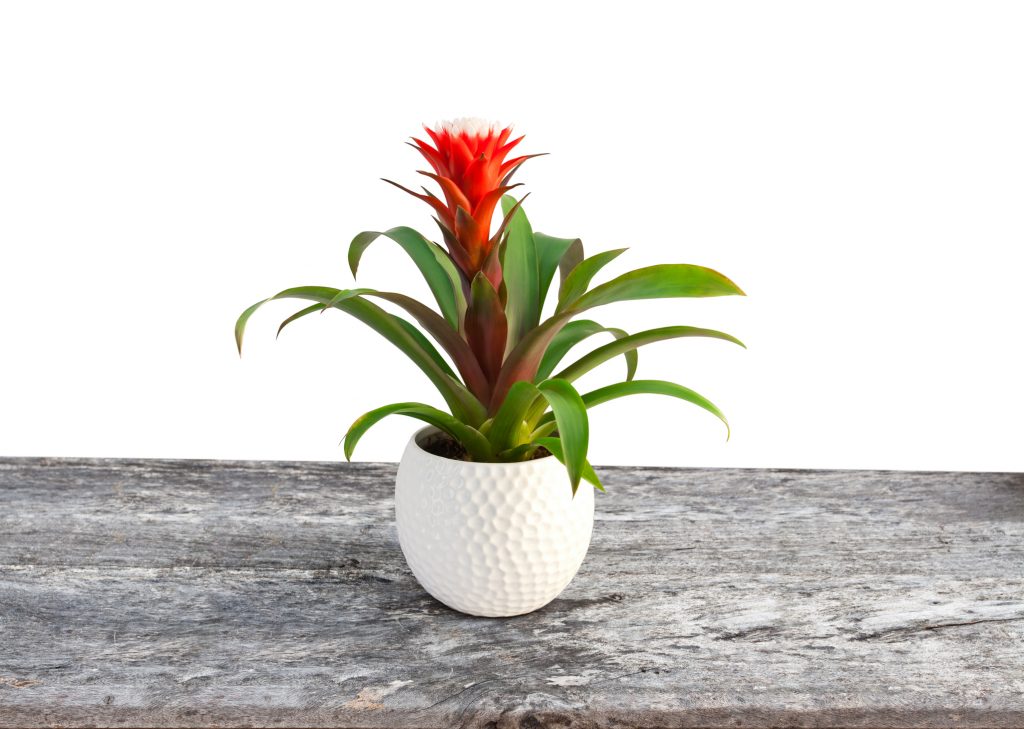

Alocasia wentii or Elephant Ears
As the name suggests, the elephant ears plant has large, heart-shaped foliage with a metallic purple underside. It could also come in smaller varieties and with variegated leaves. It is best placed in bright light or part shade, perfect for filling up an empty corner with a touch of tropical ambience.


Various herbs
In addition to decorative plants, there are also edibles that can be grown inside the home. By planting herbs indoors, one can have a supply of fresh aromatics even during the colder months. A small indoor herb garden may be possible even for beginners, especially with basil, parsley, thyme, and sage, which are among the easiest herbs to care for inside. Herbs generally need ample light. A bright spot, especially in the kitchen, is ideal. Most herbs grow in temperatures between 15 to 22°C.
